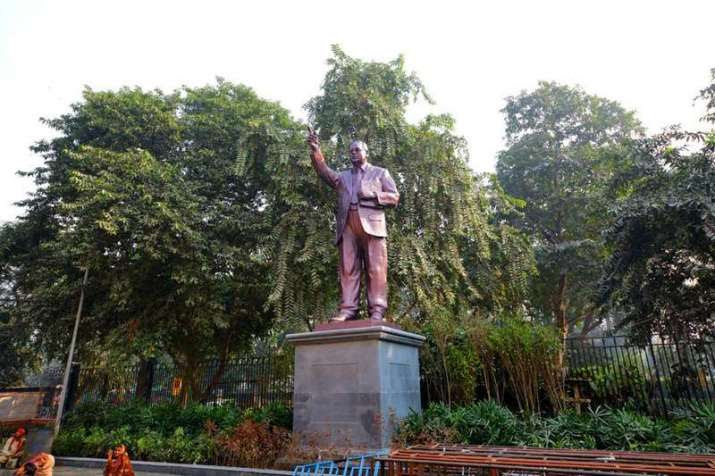By Shyamal Sinha

A day after the 62nd anniversary of the death of the renowned social reformer Dr. B. R. Ambedkar, Indian prime minister Narendra Modi inaugurated the Dr. Ambedkar International Centre (DAIC) in the national capital .
The Dr. Ambedkar International Centre is a research center for socioeconomic studies that is intended as a government think-tank on socio-economic issues, with a focus on Dr. Ambedkar and Buddhist studies. “The center will assist researchers from across the world who want to take up social justice issues concerning Scheduled Castes, Scheduled Tribes, Other Backward Classes, women, and minority [sic],” a government official said earlier this week. (The Indian Express)
During his inauguration speech, Modi expressed hope that the DAIC “will prove to be an inspiration for the promotion of the thoughts and teachings of Dr. Ambedkar,” and that it would be an important place both for research on social and economic issues, and for the young “where they can see and understand the vision of ‘Babasaheb’ Ambedkar.” (The Hindu)
Modi also announced that the government was developing five sites related to Dr. Ambedkar’s life into pilgrimage spots. These five sites—in Delhi, Mumbai, Nagpur, Mhow (officially known as Dr. Ambedkar Nagar in Madhya Pradesh), and London—he observed, would be a homage from the present generation.

The center was originally proposed in 1992, and after many years of delays, Modi finally laid the first stone on 20 April 2015. Built on a 3.25-acre plot in Janpath, the four-storied building houses a research center, an exhibit on the life of Dr. Ambedkar, a 700-seat auditorium, two lecture halls, and a public library with 10,000 books and access to 200,000 e-books and 70,000 journals.
Dr. Ambedkar’s life and teachings informed the design of the building, which utilizes transparency, inclusiveness, and symbolism to express a spirit of democracy and equality, and combines modern architecture with Buddhist elements: “The stone clad façade on this modern edifice reflects the strength, firm determination, and exemplary resoluteness; the inspiring traits of Dr. Ambedkar’s personality,” sayd the Dr. Ambedkar Foundation. “It is also embedded with the subtle elements of Buddhist Architecture reminding us of the eternal values of compassion, universal brotherhood and equality among all, the corner stone of the philosophy of Dr. Ambedkar.” (Dr. Ambedkar Foundation)

The two entrance gates are modeled after the Sanchi Stupa’s gateway and have pillars engraved with the Buddha’s teachings. The complex also houses a stone Dhyani Buddha statue, and an Ashok stupa, which at almost 70 feet is thought to be India’s tallest.
PM Modi also unveiled two giant bronze statues of Dr. Ambedkar at the complex today. “The two statues—one seated below the dome of the building and the other one standing outside—are each meant to represent two aspects of Ambedkar’s personality: as the father of the Indian constitution, and as the liberator,” said Anil Sutar, one of the two sculptors who crafted the statues. (The Indian Express)

Dr. Ambedkar was an Indian jurist, economist, and politician, and a prolific scholar and social reformer. He was one of the most educated Indians of his time, holding doctorates from the University of London and Columbia University. He became independent India’s first law minister and was posthumously awarded the Bharat Ratna, India’s highest civilian award. Having studied Buddhism for much of his life, Ambedkar formally accepted the Three Refuges and Five Precepts and converted to Buddhism shortly before his death, along with 500,000 supporters.
As well as inspiring the modern Buddhist movement in India, Dr. Ambedkar campaigned against social discrimination towards women and India’s “untouchable” Dalit caste. He was the principal architect of India’s first constitution and in 1955 founded the Buddhist Society of India. Three days before his death on 6 December 1956, Dr. Ambedkar completed the transcript for his final book, The Buddha and His Dhamma, an English-language treatise on Buddhism and the Buddha’s life, which was published posthumously.











